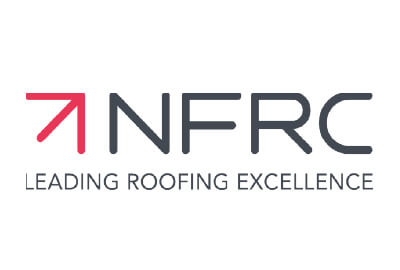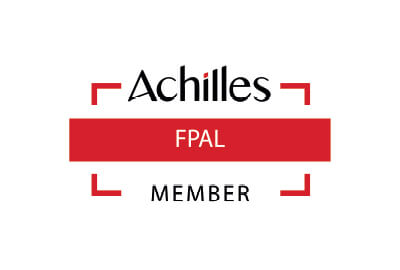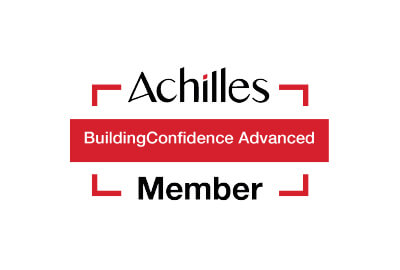When it comes to protecting your home from the elements, the importance of a well-designed and properly installed roofing system cannot be overstated.
One crucial component that plays a significant role in preventing water infiltration is lead flashing. Lead flashing is a durable and malleable material that is commonly used in roofing applications to create watertight seals around roof penetrations and joints.
Understanding Lead Flashing
Lead flashing is a thin, flexible sheet made from lead, a naturally occurring metal known for its corrosion resistance and longevity. Its malleability allows it to easily conform to the contours of the roof, providing a seamless and durable barrier against water penetration. Lead flashing is commonly used around features such as chimneys, skylights, vents, and dormers, where water is more likely to find a pathway into the structure.
Benefits of Lead Flashing
Durability
Lead flashing is renowned for its longevity. It can withstand exposure to harsh weather conditions, including extreme temperatures and UV radiation, without deteriorating over time.
Flexibility
Its malleability allows lead flashing to fit snugly around irregular shapes and surfaces, creating a tight seal that prevents water from seeping into vulnerable areas.
Corrosion Resistance
Lead is resistant to corrosion, making it an ideal choice for roofing applications. This resistance ensures that the flashing maintains its integrity over an extended period, even in regions with high humidity or frequent rain.
Installation Techniques
Proper installation is crucial to the effectiveness of lead flashing. At Balmore, we have 40 years of successful roofing installations so we know a thing or two about fitting lead flashing. With regular maintenance and periodic inspection, lead flashing can last as long as your new roof.
Maintenance Tips
To ensure that your lead flashing lasts, here are some maintenance tips to ensure that it does not get damaged.
- Regular Inspections: Periodically inspect the lead flashing for any signs of damage, such as cracks or gaps. Addressing issues promptly can prevent water infiltration and potential structural damage.
- Cleaning: Keep the flashing clean from debris and dirt. Regular cleaning helps maintain its appearance and ensures that it functions optimally.
Lead flashing is a time-tested and reliable solution for preventing water intrusion in roofing systems. Its durability, flexibility, and corrosion resistance make it a popular choice for our roofers.
If you would like to know more about lead flashing or lead flashing repairs, please contact us today.













